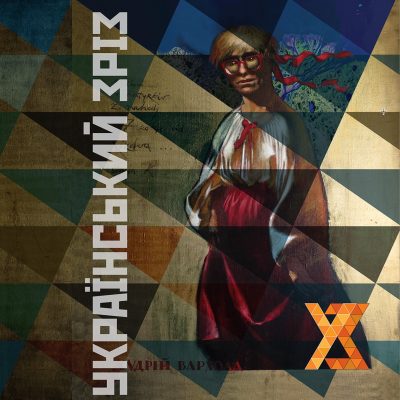UKRAINIAN CROSS-SECTION means desire, need, necessity to see ourselves from outside.
The first triennial UKRAINIAN CROSS-SECTION [2010] was an attempt of self-identification. In the present triennial the process of introspection is important for us.
And the choice of the subject of this year’s UKRAINIAN CROSS-SECTION, which is liman, and is rather constructive than ideological, is significant in this context.
THE LYMAN, in our opinion, is actual symbolic space of contemporary Ukrainian art.
We are at the exit from one state and the entrance into another. We are among the delta of crossroads, in the situation of parting of the ways.
THE LYMAN is a changeable phenomenon, a transition period and at the same time an independent world.
THE LYMAN means infinite and unpredictable opportunities: flow, fermentation, preservation, stagnation, innovation, transformation, fluctuation and mutation.
THE LYMAN is mouths, straits, blind leads, estuaries.
The exhibit technology of the project itself will also resemble liman, and it is going to be one large and several specific genre defined expositions in various galleries of the city.
Waves, steppes, walls…
a little about the art of former colony
Bohdan SHUMYLOVYCH
“Give the ones you love wings to fly,
roots to come back and reasons to stay”
(Dalai Lama 14)
1. The end of one empire…
The USSR was largely a self-sufficient empire. I mean the ability and desire to independently form the ideology and symbolic values and even impose them on others at the global level. This empire, of course, had an entirely self-sufficient art world with its own institutions, leaders, “saints” and martyrs, periphery (where almost all the republics of the empire were situated), the market, etc. There were some artists, of whom the ruling party “took care”, there were those, who earned foreign currency abroad, accomplishing monumental projects in third-world countries, as well as those, who lived on official procurement to public collections. Certainly, there were those, who did not fit into the framework of acceptable Soviet art, but they were known (both to the functionaries of the art world, and its supervisory bodies), they were allowed to organize home exhibitions and sell their works to foreigners and their existence was even politically acknowledged – when the exhibitions were closed or broken up (as, for instance, in 1962 in Manege and in 1974 at the open air in Moscow). Read more
